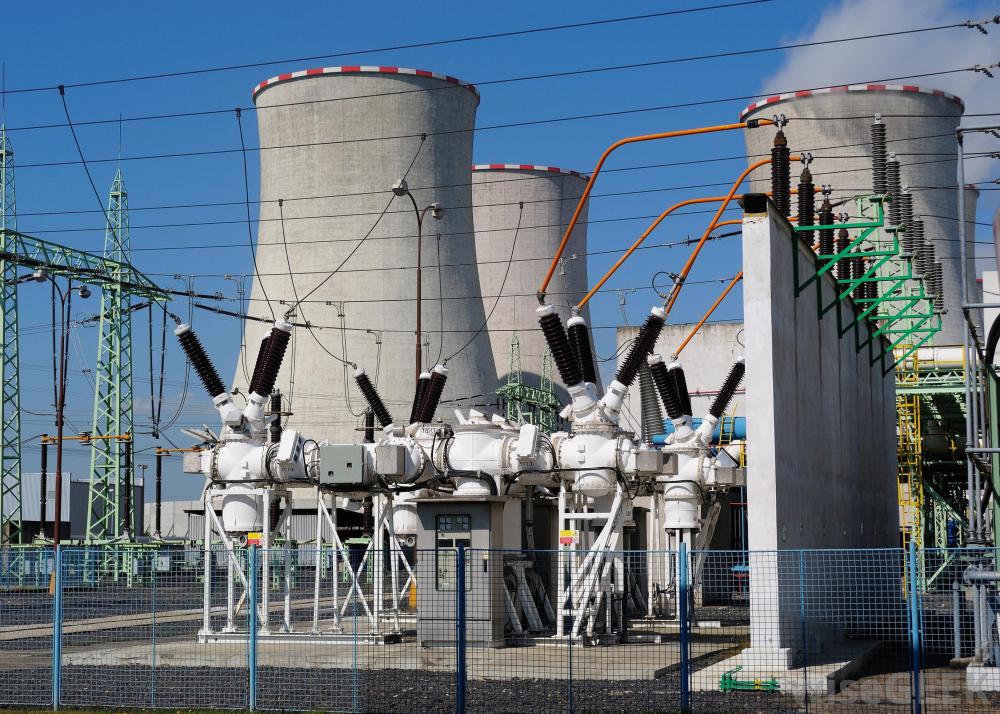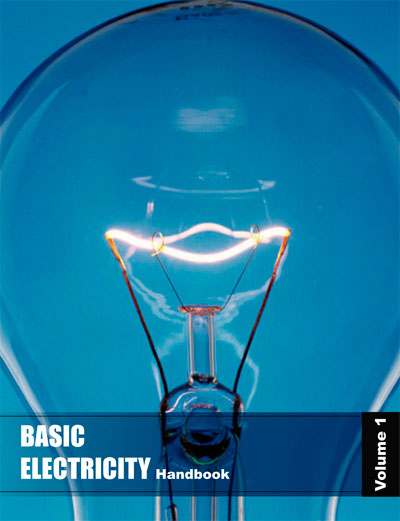
How Is Electricity Generated?
Electricity generation is the backbone of modern society, powering homes, businesses, and industries. But have you ever wondered how is electricity generated? This article will explore the power generation process, the different ways power is generated, the role of generators, turbines, transformers, and energy sources in power generation, and the advantages and disadvantages of each power source.
The power generation process involves several steps, starting with producing energy using fossil fuels, nuclear reactions, or renewable energy sources. The energy is then used to produce steam, which turns turbines connected to generators that convert mechanical energy into electrical energy. Finally, the power is transmitted to the electrical grid through power lines and distributed to homes, businesses, and industries.
There are several ways power is generated, including fossil fuels, nuclear power, hydropower, wind power, solar power, and geothermal power. Fossil fuels, such as coal, oil, and natural gas, are power plants' most commonly used energy sources. In these plants, fossil fuels are burned to produce heat, which is then used to produce steam to turn a turbine that generates electrical power. However, the use of fossil fuels has been linked to climate change and air pollution.
Nuclear power plants use nuclear reactions to produce heat to generate power. The energy released by nuclear reactions heats water to produce steam, which turns turbines connected to generators that produce power. While clean, nuclear power presents risks of nuclear accidents and nuclear waste disposal.
Hydropower plants use the energy of falling water to turn a turbine, while wind power plants use wind energy to turn turbines. Solar power plants use the energy of sunlight to generate electrical power through solar panels, and geothermal power plants use the earth's natural heat to produce electrical power. These renewable energy sources are clean and sustainable, but geographical and meteorological factors may limit availability.
Generators play a crucial role in electrical power generation by converting mechanical energy into electrical energy. Generators are usually powered by turbines, machines that use the force of steam, water, wind, or gas to turn a shaft connected to the generator. The generator then converts the mechanical energy into electrical energy, which is transmitted to the electrical grid.
Generating stations, also known as power plants, produce electrical power by using different sources of energy to produce steam to turn turbines. Steam is produced by heating water using energy sources such as fossil fuels, nuclear reactions, or renewable sources such as solar or wind power. The steam then turns the turbines, generating electricity transmitted to the electrical grid.
The advantages and disadvantages of different energy sources used in electrical power generation vary. Fossil fuels are widely available and relatively cheap, but their use contributes to climate change and air pollution. Nuclear power is clean but presents risks of nuclear accidents and nuclear waste disposal. Renewable energy sources such as wind, solar, and hydro are clean and sustainable, but geographical and meteorological factors may limit availability.
Renewable energy contributes to producing electrical power by providing clean and sustainable power sources. In recent years, there has been a shift towards renewable energy sources due to concerns about climate change and the depletion of fossil fuels. Solar panels, wind turbines, and hydropower plants are examples of renewable energy sources used in electricity generation.
Turbines play a crucial role in electrical power generation by converting the mechanical energy of moving fluids such as steam, water, or gas into electrical energy. Steam turbines, gas turbines, and hydro turbines are some examples of turbines used in power generation. Steam turbines are the most commonly used turbines in power plants, where they are powered by steam produced by heating water using fossil fuels, nuclear reactions, or renewable sources.
Transformers play a crucial role in power transmission by increasing or decreasing the power voltage transmitted through power lines. Transformers work by using electromagnetic induction to transfer electrical energy from one circuit to another. As a result, high-voltage electrical power is transmitted over long distances to reduce energy losses before being transformed into low-voltage power for distribution to homes, businesses, and industries.
Canada is one of the world's largest power producers, with diverse energy sources for electricity generation. Hydroelectric power is the most commonly used power source, accounting for approximately 60% of the country's electrical power generation. Nuclear power and fossil fuels such as natural gas and coal also contribute to electrical power generation in Canada.
Power is generated through various sources and processes, from fossil fuels to renewable energy sources such as wind and solar power. Therefore, the role of generators, turbines, transformers, and the electrical grid in electrical power generation and transmission is crucial. Transforming energy into electrical power involves several steps, and different countries use different energy sources to produce electrical power. Therefore, the advantages and disadvantages of each power source should be carefully considered in the shift towards a more sustainable and clean energy future.

This 100+ page e-book is a great guide for those who have a basic interest in the field of electricity. This well-illustrated e-book, coupled with some basic knowledge of electricity, will give you a broad theoretical background in this fundamental subject.
CONTENTS